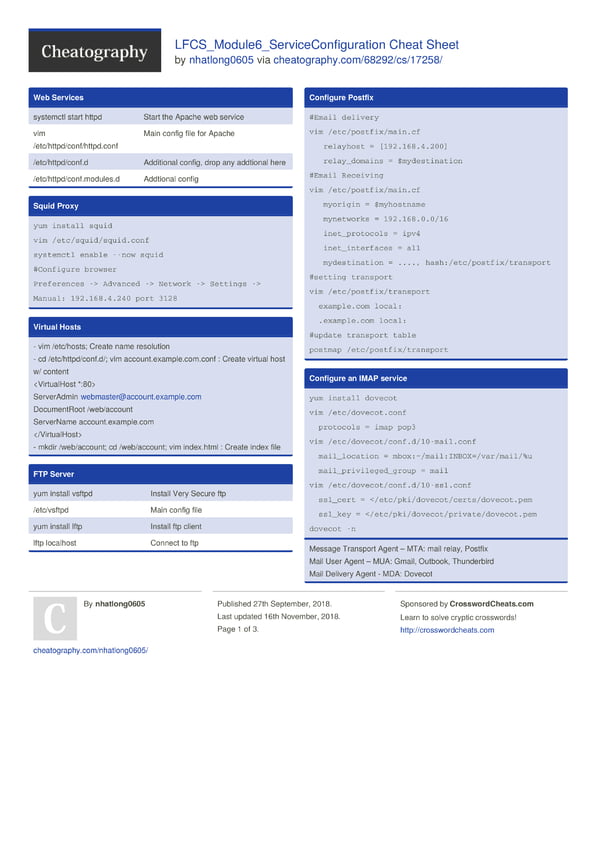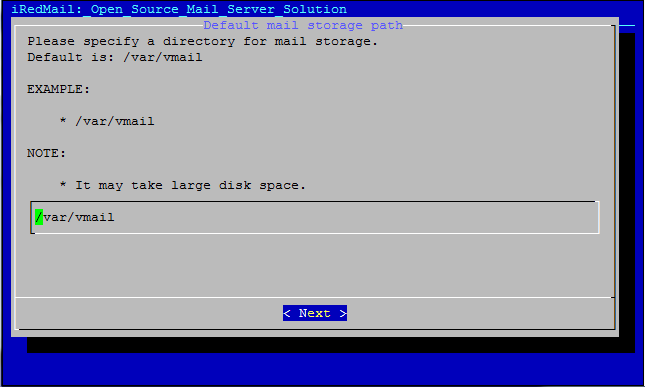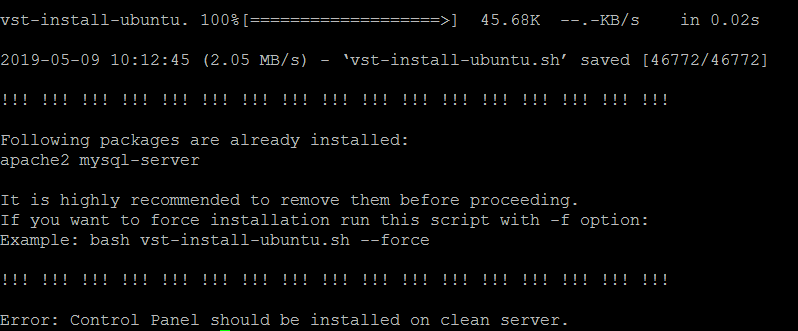
LXD community spotlight
Are you looking to host your own ERP cost-effectively, or perhaps evaluating solutions to host other types of applications for your small business? You’ve landed in the right blog post. Recently, we reached out to the LXD
Setting up an ERP with open-source infrastructure
A small garment and textile manufacturer located in Shanghai, China was looking to minimise the costs of their infrastructure, so they focused on finding open-source tools to fulfil their needs. They chose ERPNext to manage their business processes.
In addition to finding a system for managing business processes, they wanted a simple, resource-efficient and reliable solution to host the system in question. They chose LXD containers, located inside an Ubuntu 20.04 server, run on the Hetzner cloud. They treat the container like a VM, not for isolating microservices like you would do with a Docker or Kubernetes-based approach. LXD has proven to be reliable and yet flexible for their situation.
Their DevOps setup is quite straightforward, given that it’s an application for just a few users. It does not require a ton of integrations and has been proven easy to operate without advanced container or DevOps skills. What about considerations surrounding storage? The beauty of using open-source tools is that you can also learn and implement solutions based on the learnings of others.
Solving storage problems with LXD storage pools
While LXD is generally resource-efficient, you may still need to augment your storage pool as your application grows. Even with a simple setup, as you scale, your application will have more data and transactions to process, and this growth may not always be predictable.
The garment manufacturer faced a similar issue. To address it, they make use of Volumes for Hetzner cloud servers and LXD storage pools. This made it fairly simple to add additional storage to their LXD instance, without much disruption to the application. If you want to find out how they solved the storage problem, check out their easy fix.
If you are interested in the storage options available in LXD and how you can use them, watch this Youtube video or check out our documentation page.
Conclusion
As this short story shows, open-source software provides an easy and cost-effective approach to hosting your own business applications.
With this community story, we wanted to illustrate a real-life example of running and operating small-scale business systems, like an ERP, with an LXD-based infrastructure. Even without advanced DevOps skills, running your systems with LXD in the cloud can be a simple, effective and robust solution. Due to its scalability, LXD can scale as your business grows and support you throughout your journey.
Visit the LXD website to learn more, watch interesting tutorials on our Youtube channel, or join the discussion here.







